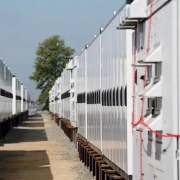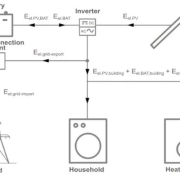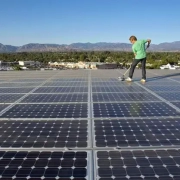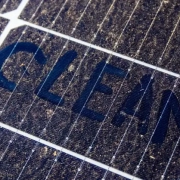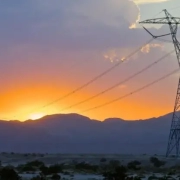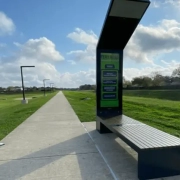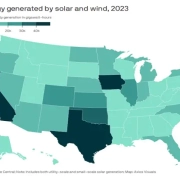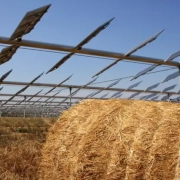For a decade, twin smokestacks loomed against the bright blue skies of Menifee, in Southern California’s Inland Empire. But the old gas combustion plant came down, and on the flat industrial site it left behind an army of batteries is now being assembled.
When it comes online this summer, developer Calpine’s Nova power bank will store more electricity than all but one battery plant currently operating in the U.S. The billion-dollar project, with 680 megawatts and 2,720 megawatt-hours, will help California shift its nation-leading solar generation into the critical evening and nighttime hours, bolstering the grid against the heat waves that have pushed it to the brink multiple times in recent years.
Click here to read the full article
Source: Canary Media
—
If you have any questions or thoughts about the topic, feel free to contact us here or leave a comment below.

